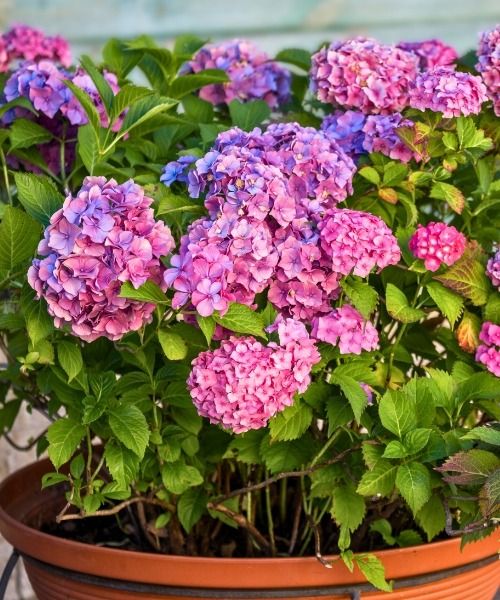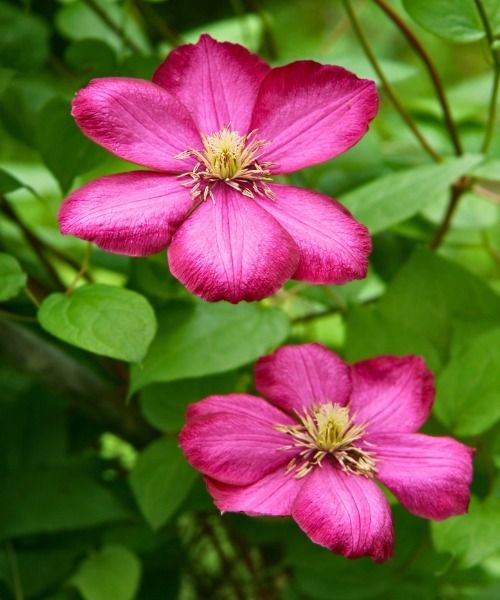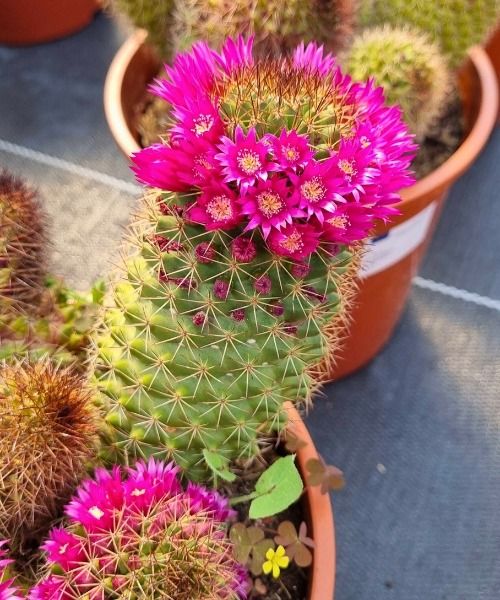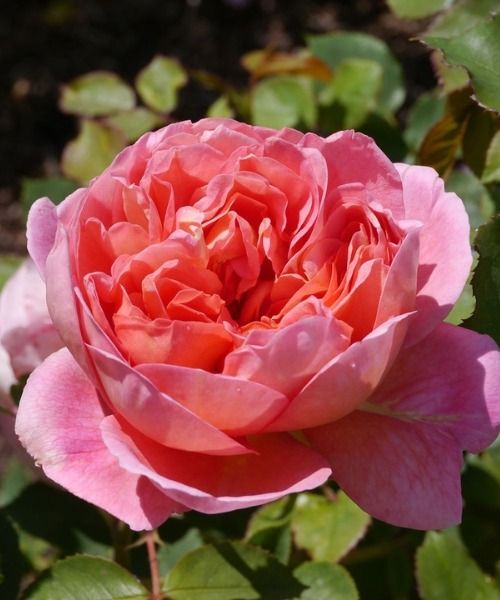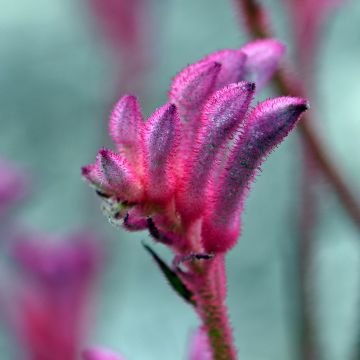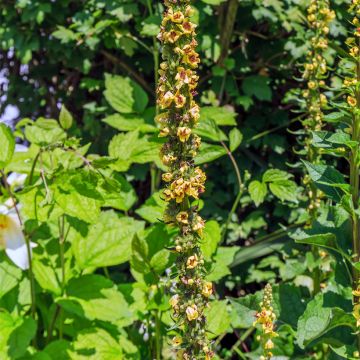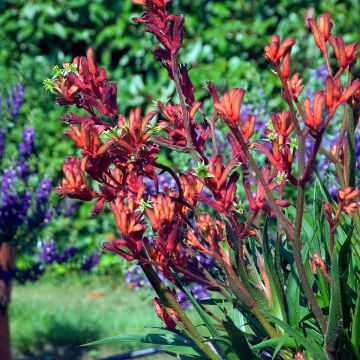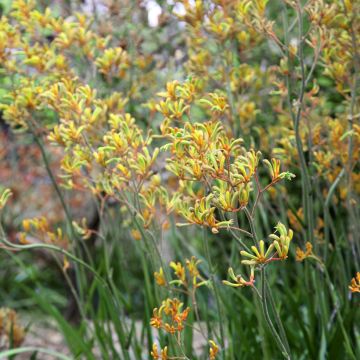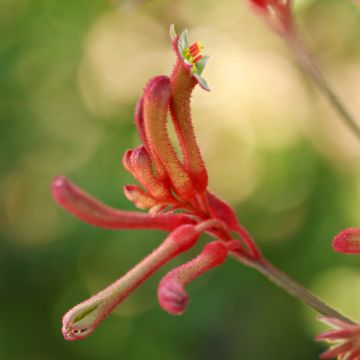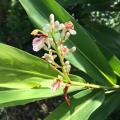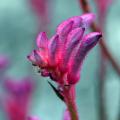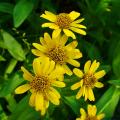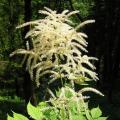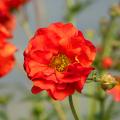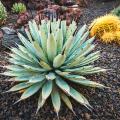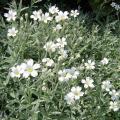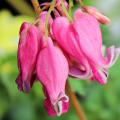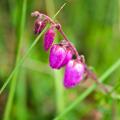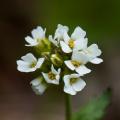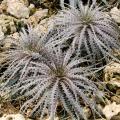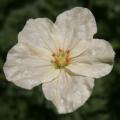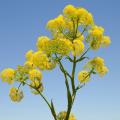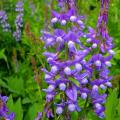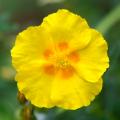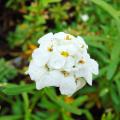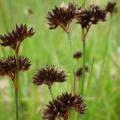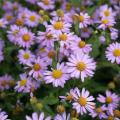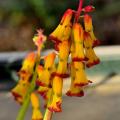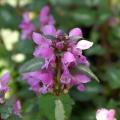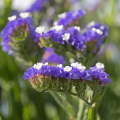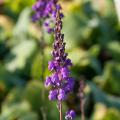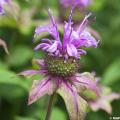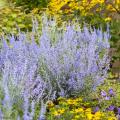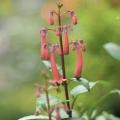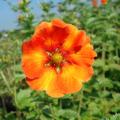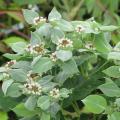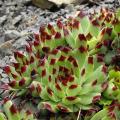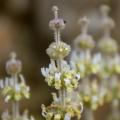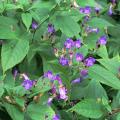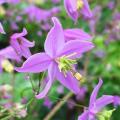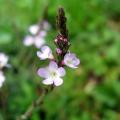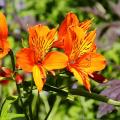Anigozanthos - Kangaroo Paw
Does this plant fit my garden? Set up your Plantfit profile →
Available in 1 sizes
Available in 1 sizes
Available in 2 sizes
Available in 1 sizes
Available in 1 sizes
The Anigozanthos are nicknamed Kangaroo Paws and come from Australia exclusively. The genus includes about a dozen species, among them A. flavidus, the hardiest, A. rufus, and A. manglesii. However, their varieties and hybrids, such as Bush Inferno, are cultivated in gardens for their original flowering. Indeed, their tubular and villous corollas, curved and gathered at the end of the floral stem, evoke a kangaroo's paw. The Anigozanthos is a perennial plant of the Haemodoraceae family, but it is not very hardy and perishes below -5 °C.
The Anigozanthos prefer sunny exposures and are not very demanding in soil, adapting to any well-drained soil, whether it be acidic, neutral or chalky. Anigozanthos are most often cultivated in pots, which allows them to be sheltered in winter. Their size varies from 30 cm (12in) to 2 m (7ft) in height depending on the species and varieties, with compact forms being more popular. The rhizomatous base of kangaroo paws thickens over the years, and the foliage resembles that of an iris and remains evergreen in winter. The flowering extends from spring to summer in our latitudes in a rich range of warm tones, including orange, gold, copper, garnet, pink, scarlet or green. The flowers, shimmering under their fuzz, are solid or bicoloured. The Anigozanthos, undeniably exotic, has a lot of style when placed singly, in a border or a container. Its combination with Phormiums is very successful. Discover our selection.
Haven't found what you were looking for?



































